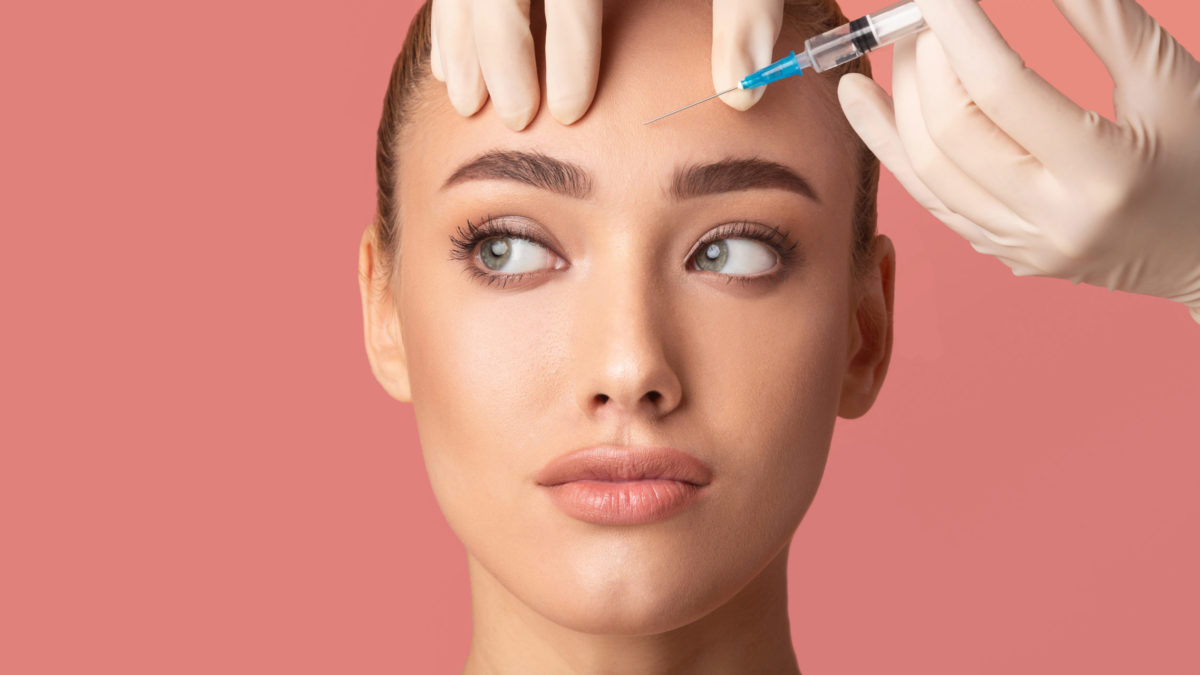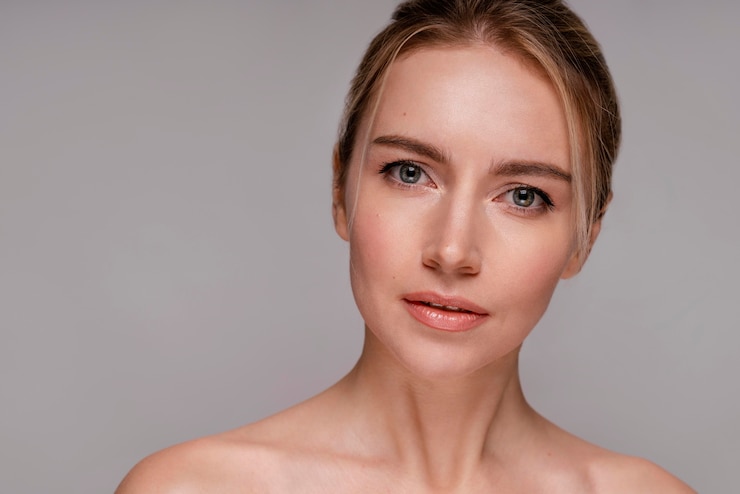Botox Injections in Dubai has become one of the most popular non-surgical cosmetic treatments for reducing the appearance of wrinkles and fine lines. By understanding how Botox works, it's easier to appreciate its effectiveness in creating a smoother, more youthful appearance. This article will dive into the science behind Botox, its specific application in wrinkle reduction, and its overall impact on facial aesthetics.
What is Botox?
Botox is a brand name for botulinum toxin type A, a neurotoxin produced by the bacterium Clostridium botulinum. While botulinum toxin is known for causing botulism (a rare and serious illness), the doses used in Botox treatments are highly purified and administered in small, controlled amounts that are safe for cosmetic and medical purposes.
Botox works by temporarily paralyzing or weakening the muscles into which it is injected. This paralysis prevents the muscles from contracting, which significantly reduces the appearance of dynamic wrinkles—those caused by repeated facial expressions like smiling, frowning, and squinting.

The Science Behind Botox
How Muscles Create Wrinkles
Wrinkles on the face, particularly dynamic wrinkles, are largely a result of repeated muscle movements. As we age, our skin loses its elasticity and natural support structures, such as collagen and elastin. This makes the skin less able to bounce back after it is creased by facial expressions.
For instance, when we squint, the muscles around the eyes contract, causing the skin to fold into lines. Over time, as the skin becomes thinner and less resilient, these lines become more permanent, leading to the formation of crow's feet. Similarly, repeated frowning can cause lines between the eyebrows (glabellar lines) and forehead creases.
How Botox Affects Muscle Contractions
Botox works by blocking the release of acetylcholine, a neurotransmitter that sends signals from nerves to muscles. Acetylcholine is responsible for triggering muscle contractions. By inhibiting its release, Botox prevents the muscle from receiving the signal to contract. Without the muscle contractions that cause skin to fold and crease, the appearance of wrinkles is greatly diminished.
The effects of Botox are localized, meaning that it only affects the muscles where it is injected. This is why Botox treatments are so effective at targeting specific areas of the face, such as the forehead, between the eyebrows, and around the eyes, while leaving other facial muscles unaffected.
The Botox Injection Process
Consultation and Customization
Before the Botox treatment, patients typically have a consultation with a qualified healthcare provider. During this session, the patient’s facial anatomy, muscle activity, and aesthetic goals are assessed. This allows the provider to customize the treatment plan to target specific wrinkles or areas of concern.
The Injection Procedure
The actual Botox injection process is relatively quick and straightforward. A very fine needle is used to inject small amounts of Botox into targeted muscles. The number of injections varies depending on the area being treated and the severity of the wrinkles. For example, to treat crow's feet, several small injections may be placed around the outer corners of the eyes.
The procedure itself is minimally invasive and usually takes only 10 to 15 minutes to complete. Most patients experience little to no discomfort, and no anesthesia is typically required, although some providers may offer numbing cream or ice packs to ease any discomfort.
Immediate Post-Injection Care
After the injections, patients are advised to avoid lying down or applying pressure to the treated areas for a few hours to prevent the Botox from spreading to unintended muscles. Most people can resume their normal activities immediately following the treatment, although some minor swelling or redness at the injection site may occur, which typically resolves within a few hours.
How Botox Smooths Wrinkles
Dynamic Wrinkles
Botox is most effective at treating dynamic wrinkles, which are caused by muscle movements. These include:
- Forehead lines: Horizontal lines that form when raising the eyebrows.
- Glabellar lines (frown lines): The vertical lines between the eyebrows, often called “11s.”
- Crow's feet: Fine lines that develop around the outer corners of the eyes due to squinting or smiling.
By relaxing the muscles responsible for these wrinkles, Botox prevents the skin from creasing, allowing it to appear smoother. The reduction in muscle activity also prevents the lines from becoming deeper over time, making Botox a preventative treatment as well as a corrective one.
Static Wrinkles
While Botox is most effective for dynamic wrinkles, it can also help reduce the appearance of static wrinkles, which are present even when the face is at rest. Static wrinkles are often caused by a combination of aging, sun damage, and gravity. Although Botox doesn’t directly reverse the underlying causes of static wrinkles, its ability to relax nearby muscles can prevent these wrinkles from becoming more pronounced.
For example, someone with deep frown lines may still see an improvement in the appearance of static wrinkles after Botox treatment, as the muscle relaxation allows the skin to rest and smooth out.
Natural-Looking Results
A common concern among patients is the fear of looking “frozen” or expressionless after Botox. However, when administered by a skilled and experienced provider, Botox delivers subtle, natural-looking results. The goal is not to eliminate all facial movement but to soften the lines that contribute to an aged appearance while maintaining the ability to make natural facial expressions.
The amount of Botox injected and the precise placement of the injections play a critical role in achieving this balance. This is why it is important to choose a qualified practitioner who understands facial anatomy and the art of Botox injection techniques.
When Do Results Become Visible?
Onset of Results
Botox results are not immediate. It typically takes three to five days for the effects to become noticeable, with full results visible within 10 to 14 days. During this time, the muscles gradually relax, and the overlying skin smooths out.
Duration of Effects
The effects of Botox are temporary, lasting an average of three to six months. Over time, the treated muscles slowly regain their ability to contract as the Botox wears off. This means that wrinkles will gradually reappear, although they may be less severe than before, especially if regular Botox treatments are maintained.
Patients who wish to maintain their smooth, wrinkle-free appearance can schedule follow-up treatments every few months. Many people find that the effects of Botox last longer with repeated use, as the muscles may become conditioned to remain more relaxed over time.
The Benefits of Botox for Wrinkle Reduction
Non-Surgical and Minimally Invasive
One of the major benefits of Botox injections is that they are non-surgical and require minimal downtime. Unlike surgical procedures such as facelifts or brow lifts, Botox is quick and convenient, allowing patients to improve their appearance without the risks and recovery associated with surgery.
Preventative and Corrective
Botox serves both as a preventative measure and a corrective treatment. For individuals in their late 20s and early 30s, Botox can be used to prevent the formation of wrinkles by relaxing muscles before fine lines have the chance to set in. For those with existing wrinkles, Botox offers an effective solution for reducing their appearance.
Customizable Treatment
Each Botox treatment can be customized to target specific areas of concern. Whether a patient wants to focus on smoothing forehead lines, reducing crow's feet, or lifting sagging brows, Botox can be tailored to meet individual needs. This level of customization allows for precise, natural-looking results.
Boost in Confidence
Many people who receive Botox treatments report a boost in self-confidence. Feeling good about one’s appearance can positively impact many aspects of life, from social interactions to professional settings. Botox offers a way for individuals to look as young as they feel, which can enhance both self-esteem and quality of life.
Side Effects and Safety
Potential Side Effects
While Botox is generally considered safe, there are some potential side effects to be aware of. Common side effects include:
- Redness or swelling at the injection site
- Mild bruising
- Temporary headache
- Slight drooping of the eyelid or eyebrow (rare)
These side effects are usually mild and resolve within a few days. Serious side effects are rare when Botox is administered by a trained professional.
Safety Considerations
Botox has been extensively studied and used in both medical and cosmetic fields for decades. Its safety profile is well-established, but it is essential to choose a licensed and experienced provider to minimize the risk of complications. Individuals who are pregnant, breastfeeding, or have certain neurological conditions should consult with their doctor before undergoing Botox treatments.
Conclusion
Botox injections offer a safe, effective, and non-invasive solution for smoothing wrinkles and maintaining a youthful appearance. By temporarily relaxing the muscles that cause dynamic wrinkles, Botox provides a smoother, more refreshed look while still allowing for natural facial expressions. Whether used as a preventative treatment or to address existing signs of aging, Botox remains one of the most trusted cosmetic procedures for achieving a rejuvenated appearance.





Comments